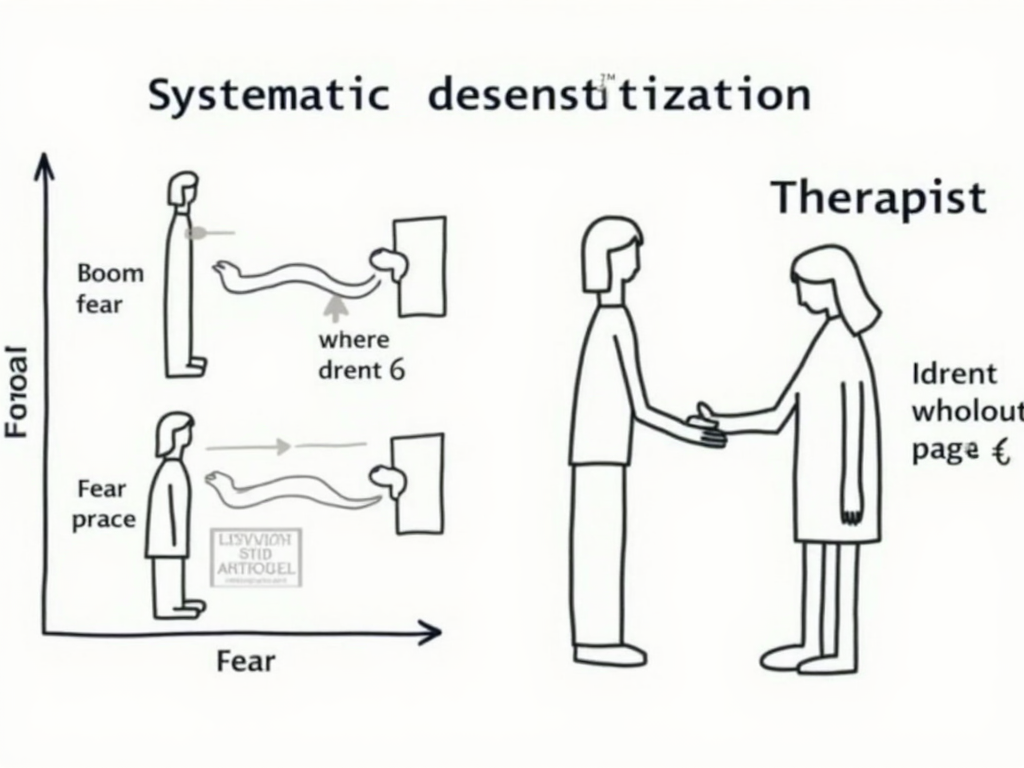Behavioral Therapy is a widely recognized form of psychotherapy that focuses on modifying behaviors to improve mental health. Rooted in the belief that behaviors are learned and can be changed, this therapy offers practical strategies for individuals seeking to overcome various psychological challenges.

What is Behavioral Therapy?
Behavioral Therapy, often referred to as behavior modification, is a therapeutic approach that aims to identify and change potentially self-destructive or unhealthy behaviors. It is based on the principles of learning theory, which suggest that behaviors are learned through interactions with the environment. The therapy focuses on the present and future, rather than delving into past experiences.
History and Development
The roots of Behavioral Therapy can be traced back to the early 20th century with the work of psychologists such as Ivan Pavlov and B.F. Skinner. Pavlov's experiments with classical conditioning and Skinner's research on operant conditioning laid the groundwork for understanding how behaviors are acquired and maintained. Over the decades, these principles have been refined and expanded, leading to the development of various behavioral therapy techniques.
Key Principles and Techniques
Behavioral Therapy employs several key principles and techniques, including:
- Classical Conditioning: Involves learning through association, where a neutral stimulus becomes associated with a meaningful stimulus to elicit a conditioned response.
- Operant Conditioning: Focuses on the consequences of behavior, using reinforcement and punishment to increase or decrease the likelihood of a behavior.
- Systematic Desensitization: A technique used to treat phobias by gradually exposing individuals to the feared object or situation while teaching relaxation techniques.
- Token Economy: A system where individuals earn tokens for desired behaviors, which can be exchanged for rewards.
These techniques are tailored to the individual's needs and are often used in combination to achieve the best outcomes.

How Does Behavioral Therapy Work?
Behavioral Therapy typically involves a structured process that begins with an assessment of the individual's behaviors, thoughts, and emotions. The therapist and client work together to identify specific goals and develop a treatment plan.
The Process of Therapy
- Assessment: The therapist gathers information about the client's history, current behaviors, and environmental factors.
- Goal Setting: Clear, measurable goals are established to guide the therapy.
- Intervention: Techniques such as reinforcement, modeling, and exposure are used to modify behaviors.
- Evaluation: Progress is regularly assessed, and adjustments are made to the treatment plan as needed.
Examples of Techniques Used
- Positive Reinforcement: Rewarding desired behaviors to encourage their recurrence.
- Negative Reinforcement: Removing an aversive stimulus when a desired behavior occurs.
- Extinction: Withholding reinforcement to reduce or eliminate undesired behaviors.
- Modeling: Demonstrating desired behaviors for the client to imitate.
These techniques are applied in a supportive and collaborative environment, empowering clients to take an active role in their therapy.

Benefits of Behavioral Activation Therapy for Depression
Behavioral Activation is a specific form of Behavioral Therapy that is particularly effective in treating depression. It focuses on increasing engagement in positive activities to counteract the withdrawal and inactivity often associated with depression.
Explanation of Behavioral Activation
Behavioral Activation is based on the premise that depression is maintained by a lack of positive reinforcement and engagement in meaningful activities. By encouraging individuals to participate in activities that bring them joy or a sense of accomplishment, this therapy helps to break the cycle of depression.
How It Helps with Depression
- Increases Positive Experiences: Engaging in enjoyable activities can boost mood and provide a sense of purpose.
- Reduces Avoidance Behaviors: By confronting situations that are typically avoided, individuals can reduce anxiety and improve their overall functioning.
- Enhances Problem-Solving Skills: Learning to approach challenges actively rather than passively can lead to more effective coping strategies.
Research has shown that Behavioral Activation is as effective as other forms of therapy for depression and can be particularly beneficial for individuals who prefer a structured, action-oriented approach. For more information, visit the National Institute of Mental Health.

Behavioral Therapy in Different Contexts
Behavioral Therapy is versatile and can be applied in various contexts, including family therapy and other specialized areas.
Family Therapy
In family therapy, Behavioral Therapy techniques are used to improve communication, resolve conflicts, and strengthen relationships. Techniques such as role-playing and behavioral contracts can help family members understand each other's perspectives and work towards common goals.
Other Applications
- Cognitive Behavioral Therapy (CBT): Combines behavioral techniques with cognitive strategies to address thought patterns.
- Dialectical Behavior Therapy (DBT): Focuses on emotional regulation and interpersonal effectiveness, often used for borderline personality disorder.
- Applied Behavior Analysis (ABA): Used primarily with individuals with autism spectrum disorder to improve social and communication skills.
These applications demonstrate the adaptability of Behavioral Therapy to meet the diverse needs of individuals and families.
In summary, Behavioral Therapy is a powerful tool for addressing a wide range of psychological issues by focusing on behavior change. Through its structured approach and evidence-based techniques, it offers hope and practical solutions for those seeking to improve their mental health. For further reading, consider exploring the following resources:
Discuss Here